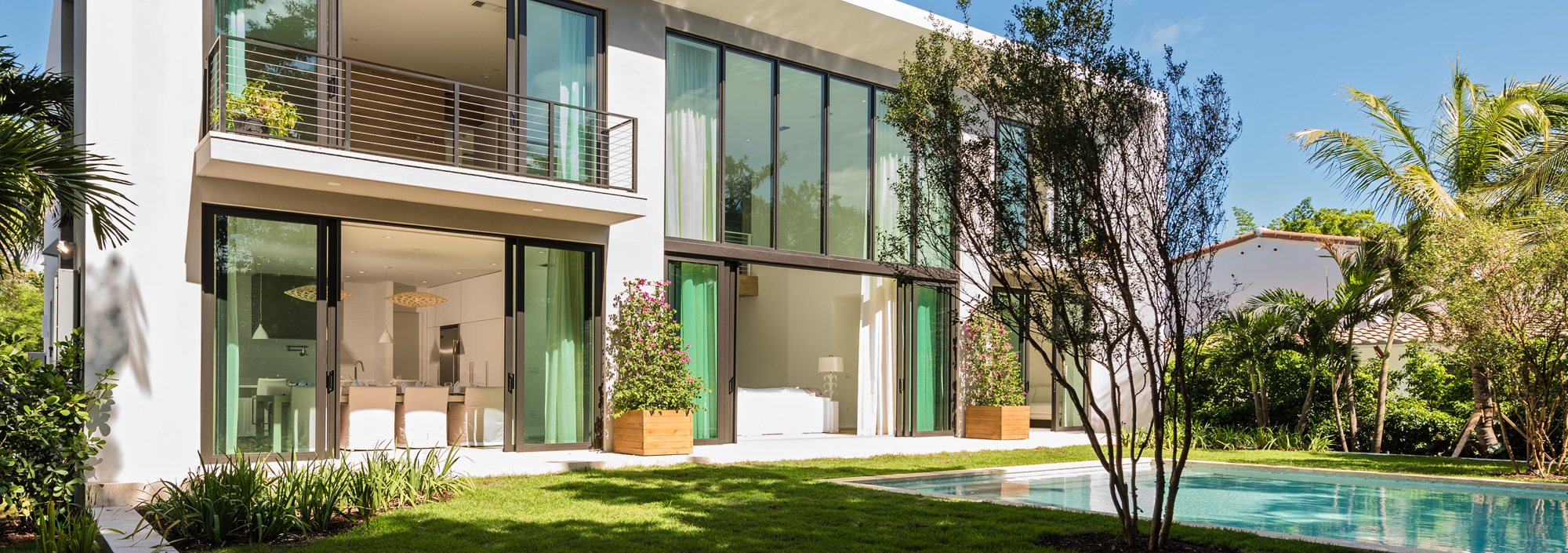Whether designing, building, or remodeling your home or business, especially in South Florida, hurricane-resistant windows should definitely be part of the budget. Although no glass is completely break-proof, hurricane-resistant or storm-proof windows are constructed using impact-resistant glass treated with a layer of polyvinyl butyral (PVB) or ethylene-vinyl acetate (EVA).
After Hurricane Andrew wreaked upwards of $25 billion in damage on Florida in 1992, certain areas adopted the American Society of Civil Engineers (ASCE) guidelines for windows in new construction. According to these, homes and businesses in at-risk areas were required to be built with hurricane-resistant windows or shutters to make them less susceptible to total collapse.
How do impact-resistant windows help protect in the event of a hurricane? First, while hurricane-resistant windows will likely still shatter upon strong impact from flying objects, the glass remains attached to the inner membrane and stays within the window frame. So instead of dangerous flying shards of glass, these windows will crack in a spider web pattern but remain intact.
Next, hurricane resistant windows help protect structurally. Studies show that total destruction is often caused by sudden pressure changes resulting in windows and doors blowing out. When this happens, the increased air pressure can blow roofs right off and cause walls to cave in. By keeping the windows and doors intact, impact-resistant windows prevent air pressure changes and can protect a building or home from a devastating total collapse.
Designed to protect against 200 mph winds (a category 5 storm), windows must meet certain requirements to carry the hurricane-resistant designation. One test they are subjected to is the large and small missile test. Conducted under laboratory conditions, the large missile test involves hurling a 6’ long 2 x 4 board weighing 9 pounds at 50 ft/second at the window. The window glazing and framing must remain intact through this impact. The small missile text involves 30 pieces of gravel or steel ball bearings hurled at the window at 80 ft/second. Again, the window is expected to survive impact in order to meet the standards.
Hurricane-resistant windows can increase overall construction cost, but the protection they will offer during the storm season can be priceless. The investment could certainly pay for itself by preventing damage and can help you qualify for discounted insurance rates.
